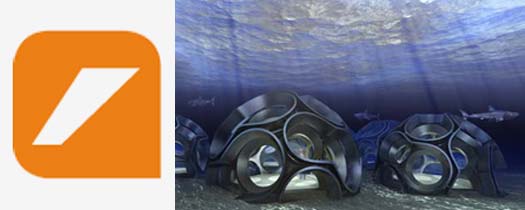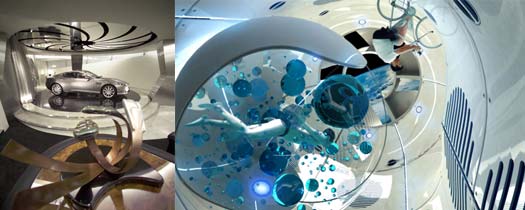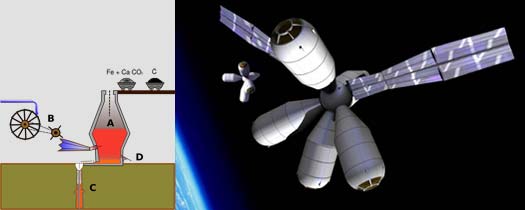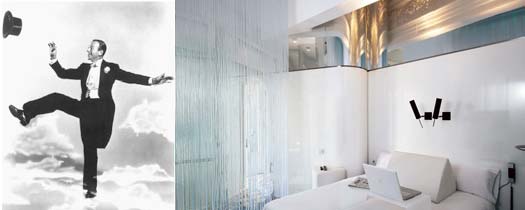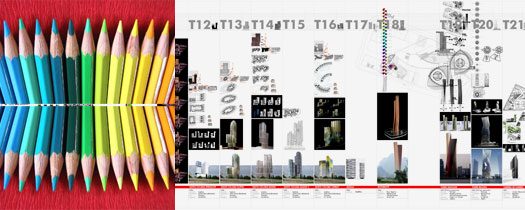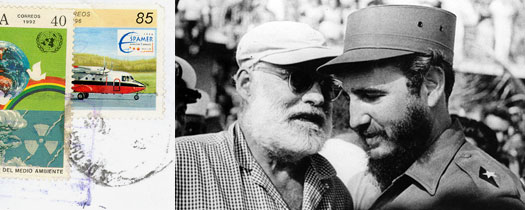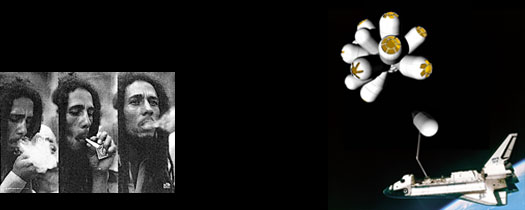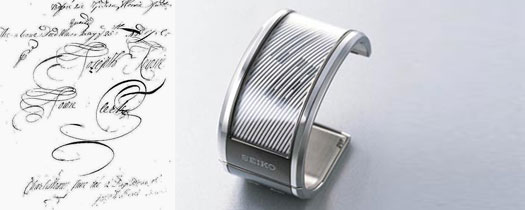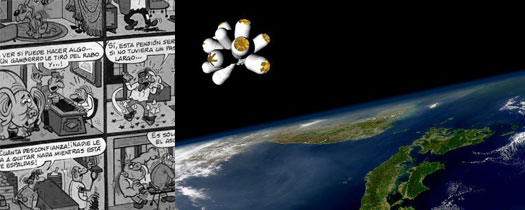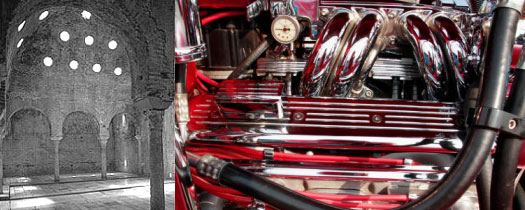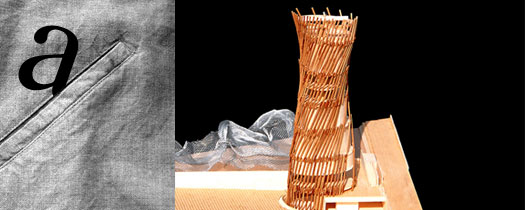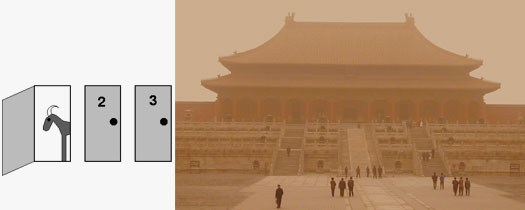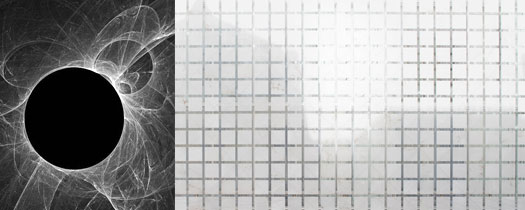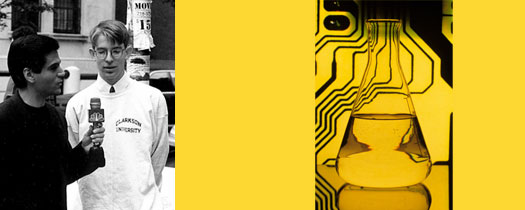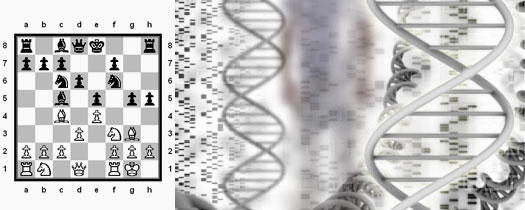In 1990, Xavier Claramunt founded ADD+, a multidisciplinary company now called EQUIPxavierclaramunt. Its main lines of work are Architecture, Industrial Design, Jewellery and the more novel “Respostes” (“Answers” in Catalan). The latter seeks to answer questions from clients that wish to take on new challenges. During Renacer 07, Xavier Claramunt presented the project Galactic Suite, a hotel in space, underlining the need to reinvent the way we see things, approach people and act without any hang-ups and by offering proposals. This is all done from the LAB, the place where the unknown is prepared, a kind of “pre-season” where new ideas are planned. Any idea is valid, even mistakes are positive, as they accumulate experience.
How have the Sea Suite and Galactic Suite projects evolved? Have your goals been accomplished?
Both projects are up and running. Galactic SUITE is much more advanced. We have found part of the funding and are now building a pilot room. The Sea Suite is on stand by due to a legal problem. The inertia of Galactic Suite has spawned new projects such as galacticsuiteHIMALAYAS, the development of a hotel on the summit of the Himalaya mountain range, galacticsuiteNEARESPACE, which consists of the development of a reusable inflatable aircraft to initially house 6 passengers and one crew member at a height of 40 km, in the so-called “near-space” area, where passengers can observe deep space and a considerable curvature of the horizon, or galacticsuiteMOONrace whose mission is to land on the moon and travel 500 metres and send images and data of the Moon back to Earth.
Has the design of projects for the “luxury” sector been affected in this period of global crisis? Is the well-off client of today the same as yesterday?
Basically, things move more slowly. The luxury sector has changed very little.
Has the work done at LAB had to adapt to the crisis? How do they see the future at LAB?
The thing is that as there is less funding you can do fewer things. In our case everything slows down. But the LAB is still the cornerstone of research in our company, which is undoubtedly even more important in times of recession. They adapt proposals to the new situation and harder times, giving rise to new projects that reinvent our times and even lead us to rethink our profession.
What are your short- and medium-term goals? What decisions have been taken to tackle the crisis (cost reduction, expansion)?
We have gone for two very clear things. One is all-out internationalisation. Promoting our offices abroad, which is why we have opened branches in China, Dubai and Mexico. Our whole volume of work in architecture is in these countries. Internationalisation is a very good option for Spanish companies from our sector. There is enough talent in Spain, but the situation of wellbeing has led professionals to rule out opening new markets abroad. Secondly, diversification. Opening up new fronts in design with galacticsuiteDesign to offer conceptualisation and design services for the space industry, and in consultancy with Respostes to realise what you do best, draw quality from it and generate a product.
At this moment in time many clients will be asking questions. You have a section called “Respostes” (Answers). In general, what advice would you offer those who are concerned?
“EQUIP RESPOSTES” (Answers in Catalan) was conceived as an in-house tool, in the LAB, to realise what you do best, draw quality from it and generate a product. EQUIP RESPOSTES analyses the company, and together with it finds the question that has to be answered to find a solution. EQUIP RESPOSTES does not give answers, it encourages the actual company to generate them through in-house work with its own teams. EQUIP RESPOSTES gets the team members of the actual company to think about their dynamics, adding a critical distance that opens the eyes of the stakeholders and guides them towards a fresher and revamped vision. My advice boils down to two very simple things. One is to think about what we do best and make this question and its answer the driving force behind our company. And secondly, believe in yourself enough to nurture your self-esteem so that it will give you that energy, call it pride if you want, that will drive you on towards your goals.

